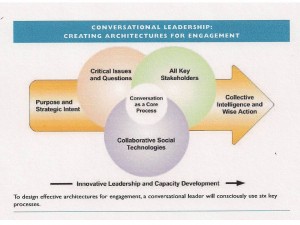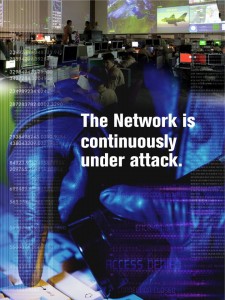India: The Chandigarh Tribune reported the results of last Wednesday's bi-annual naval conference, at which Minister of Defence Antony spoke. Antony said the government approved the construction of two new naval bases in the Bay of Bengal, opposite the Malacca Strait and Sri Lanka. At present, the only Indian naval base in Bay of Bengal is the huge naval establishment at Vishakapatnam, the headquarters of the Eastern Naval Command.
The northernmost base will be built at Paradip in Orissa State, closer to Bangladesh and opposite the Malacca Strait. The southernmost base is at Tuticorin in Tamil Nadu State, opposite Sri Lanka.
The Tribune commentator assessed that the two new bases are a counter to China's increased naval presence in the Bay of Bengal, including in Burma and Bangladesh. The Navy has smaller stations in the eastern Indian Ocean, but no full-size bases capable of providing all logistics support, supplies, replenishment, repair and maintenance. A third base for nuclear powered submarines also will be built at a separate location in the Bay of Bengal. The bases will take at least three years to build.
Comment: Chinese naval interest in the eastern Indian Ocean is spurring the expansion of India's naval infrastructure. China has announced its intention to build a deep sea port at Sonadia near Cox Bazar, Bangladesh. It is also building ports in Burma/Myanmar. All are in the Bay of Bengal.
Most major Indian naval infrastructure construction has been focused against the threat from Pakistan. The new bases represent a shift in Indian strategic thinking — to counter the threat from Chinese poaching in the Indian Ocean, without reducing vigilance against Pakistan. A new naval base in western India was announced in April 2010.
Phi Beta Iota: The maritime environment may well displace the space environment in the 21st Century, as offshore cities and factories come into being (including water desalination plants away from the brown water), and a portion of the population takes to permanent ocean-going residence. As with outer space, the “Outlaw Sea” are not charted in the sense that most vessels do not have transponders and there is rotten “situational awareness” overall including close-in. We we re-writing the 450-ship Navy piece today, we would place even more emphasis on getting the 75-ship Expediter into existence, and we would create a surface and air breather arm to the Ocean Surveillance Information System (OSIS) as a new command with global reach and very tight multinational information-sharing and sense-making networks centered at each of the regional multinational decision-support centres that China may fund if the USA does not get its act together. Whoever owns and operators those regional centers is going to be in the cat-bird seat–they will completely displace the unaffordable ineffective secret C4I grid that DoD and the US IC have now.
See Also:
Search: maritime piracy charts + RECAP
Worth a Look: Book Reviews on Water







